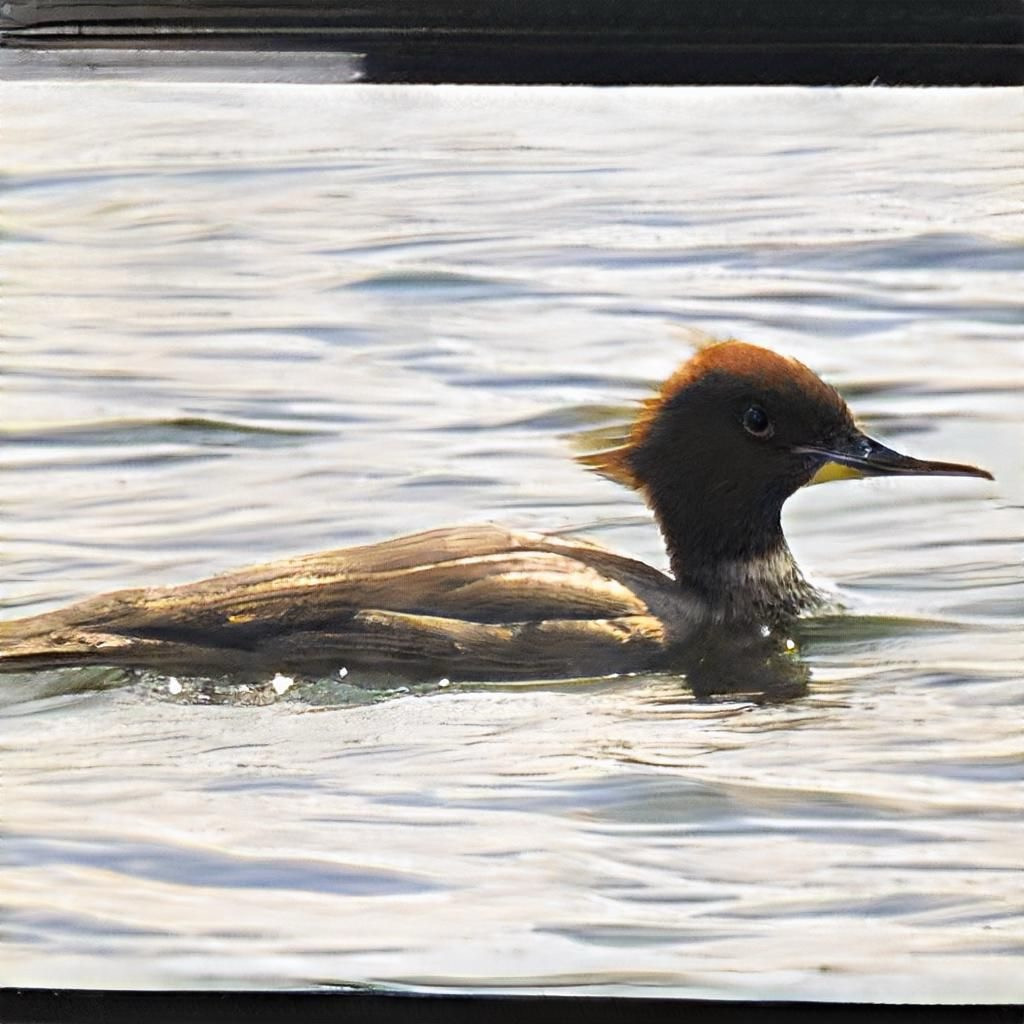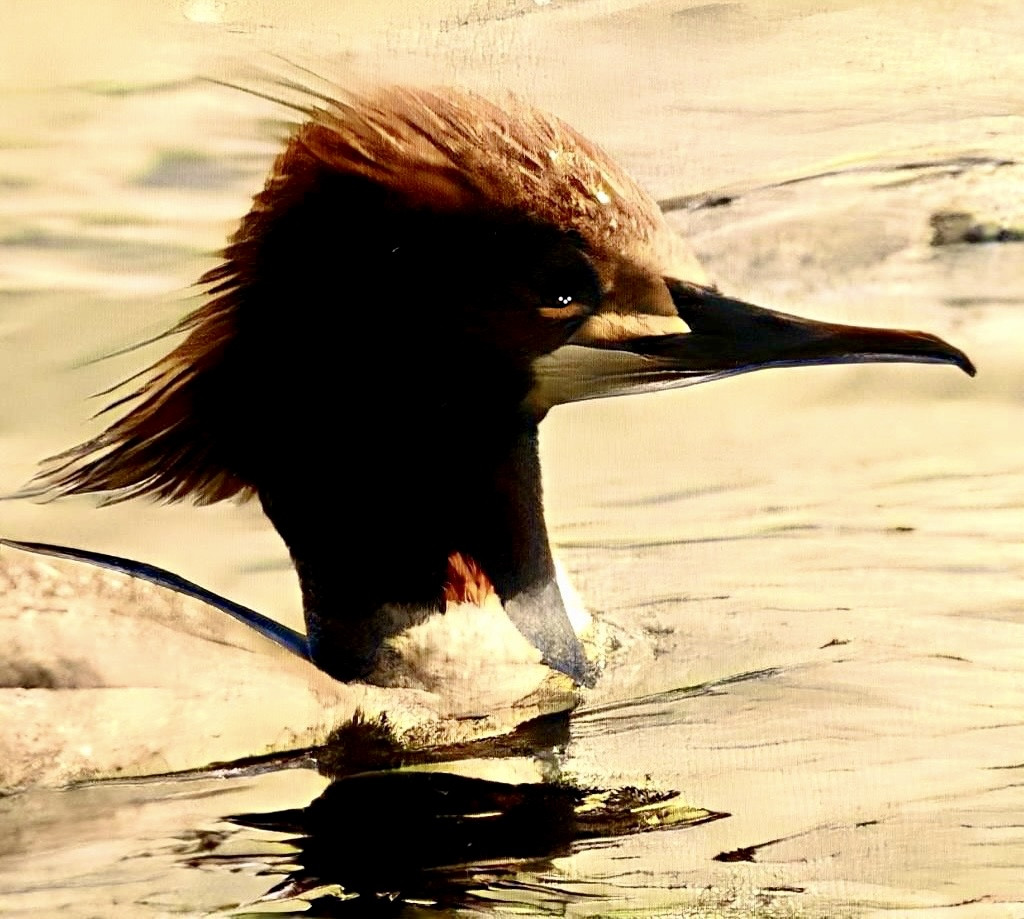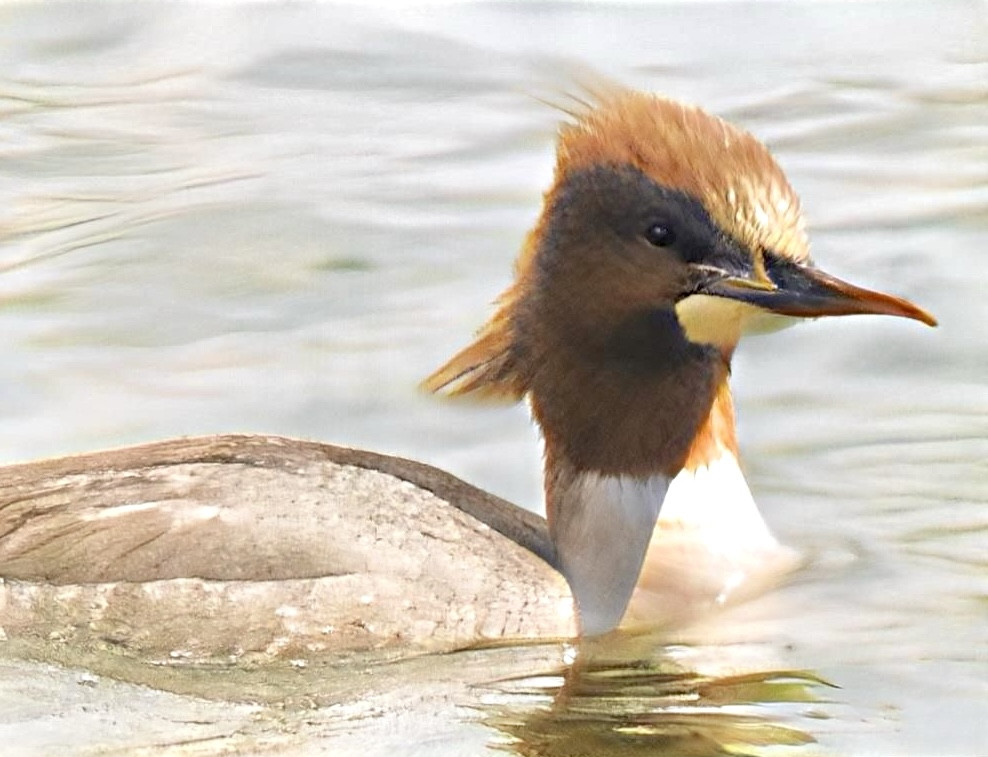Description
The deep waters around Lake Vättern are ice-free most years. This makes it an excellent wintering area for birds. The lake holds large wintering populations of gulls like Stormmáfur, Silfurmáfur and Svartbakur. This is also one of the best places for the rare Hvítmáfur, although it is not seen most years. Most gulls winter around Motala. The area also holds wintering waterfowl. Most commonly: Gulönd, Hnúðsvanur, Gráhegri, Álft, Skúfönd and Hvinönd. Around Vadstenaviken large amounts (many hundreds) of Stokkönd winter. Often with other rarer (wintering) dabbling ducks in the mix. The lake also holds wintering populations of Dílaskarfur, Toppönd, Hvítönd (visitors from Boren) Toppgoði, Dverggoði, and during mild winters: Flórgoði, Korpönd, Glitbrúsi and Hávella. The large fields around Vadstena and Norrsten hold wintering geese, Lyngfinka and Snjótittlingur. Many birds of prey also winter. Most common are Sparrhaukur, and Haförn.
During the last weeks of Febuari the first spring birds arrive. Stari, Sönglævirki, Bókfinka, and Vepja are usually the first to arrive. Some of the previously mentioned birds might start to winter if the winters continue to be mild. Many geese like Helsingi, Grágæs, Akurgæs, Blesgæs Akurgæs (serrirostris) and Kanadagæs are often seen. Most geese congregate around Tycklingen and Norrsten. Sometimes Heiðagæs is also found.
During March most of the geese increase in number. More birds of prey arrive: Fjallvákur, Turnfálki, Förufálki, and Svölugleða. In Vadstenaviken large amounts of dabbling ducks often rest. Brandönd (Regular), Hettumáfur, Tjaldur, and Hrossagaukur also arrive during this period. From this period onwards Mjallhegri is sometimes seen.
During April other wader along with Hörfinka and Þúfutittlingur arrive. During April-May large amounts of passerine birds, wader, gulls, and terns use the lake as a landmark for migration. It starts in the middle of April with thousands of Bókfinka and Fjallafinka, continuing with thousands of Fjöruspói, with smaller amounts of other waders like Spói, Lappajaðrakan, Rúkragi and Stelkur. Also large amounts of gulls like Hettumáfur and Stormmáfur. In early May hundreds of terns (Sílaþerna, Kría) pass. Along with rarer birds like Kolþerna, Rita (quite rare) and Dvergmáfur.
During the summer many species of night-active birds can be heard like Engisöngvari, Húmgali, Engirella, Reyrsöngvari (vadstena reningsverk), Kornhæna and sometimes Straumsöngvari. Many other warblers can be found during this period. In the cities of Motala and Vadstena city birds like Tyrkjadúfa, Grænfinka, Húsaskotta (missing most winters), Fjallafinka, Bjargdúfa, and Hettusöngvari can be found year round.
Details
Access
Parking can be done at ample places. Some of them are: Tycklingen, Motala, Råssnäsudden, and Vadstena castle. Click on a P in the map to get directions to that area.
Terrain and Habitat
Forest , Wetland , Scattered trees and bushes , Grassland , Valley , Plain , Plateau , Lake , Beach , Mud flats , Agriculture , Reedbeds , River , City/villageConditions
Flat , Hilly , Sandy , Wet , Open landscapeCircular trail
YesIs a telescope useful?
Can be usefulGood birding season
All year roundBest time to visit
WinterRoute
Paved roadDifficulty walking trail
Average walkAccessible by
Foot , Bicycle , CarBirdwatching hide / platform
NoExtra info
Be respectful of the birds. Especially during breeding season.






